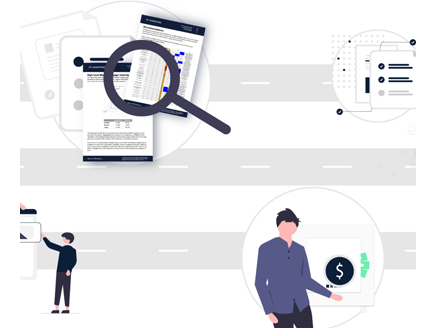
GET THE MOST FROM MARKETO
Understand and demonstrate ROI with Marketo reporting
Marketo reporting isn’t easy to master! Often, you know what you want to track, but you’re not sure of the best way to do it in Marketo. Or you simply don’t have the time or resources to get things set up correctly.
We can help.
Let’s Talk
EXPERT MARKETO REPORTING & ANALYTICS SUPPORT
Luckily, Marketo reporting is second nature to us
Consolidated dashboards
Get a live view of all marketing activity, so you and your team have complete control over what’s going on
Best-practice methods
Learn best practice to measure campaign influence, success, and cost per acquisition in a way that always works
Customer lifecycle modelling
Set-up or optimise your acquisition and retention programs – tracking performance at each stage
Multi-touch attribution
Work out which channels underpin your big wins and those that need refinement
JTF MARKETING SUPPORT
Improve how you utilise Marketo Engage’s reporting functionality
Smarten up your existing Marketo reporting and introduce advanced lead insight tools, such as customer lifecycle modelling
Set up a custom Marketo dashboard to centralise activities with always-on reporting – saving you a lot of time
Review your lead attribution model and make recommendations for multi-attribution
Make use of Marketo’s reporting APIs for optimal insight and performance, tailored to what works for your Marketing team
Still have questions on Marketo reporting, Lead attribution and ROI? Speak
with one of our experts, no strings attached!

EXPERT SOLUTIONS, SIMPLIFIED SUCCESS
Elevate Your Marketing ROI
Transform your marketing challenges into victories with JTF Marketing. Gain clear visibility into your channel performance, track every step to conversion with precision, and enjoy hassle-free ROI reporting. Let’s make your marketing smarter and your results stronger.
FROM STARTUP TO ENTERPRISE
Our customers









